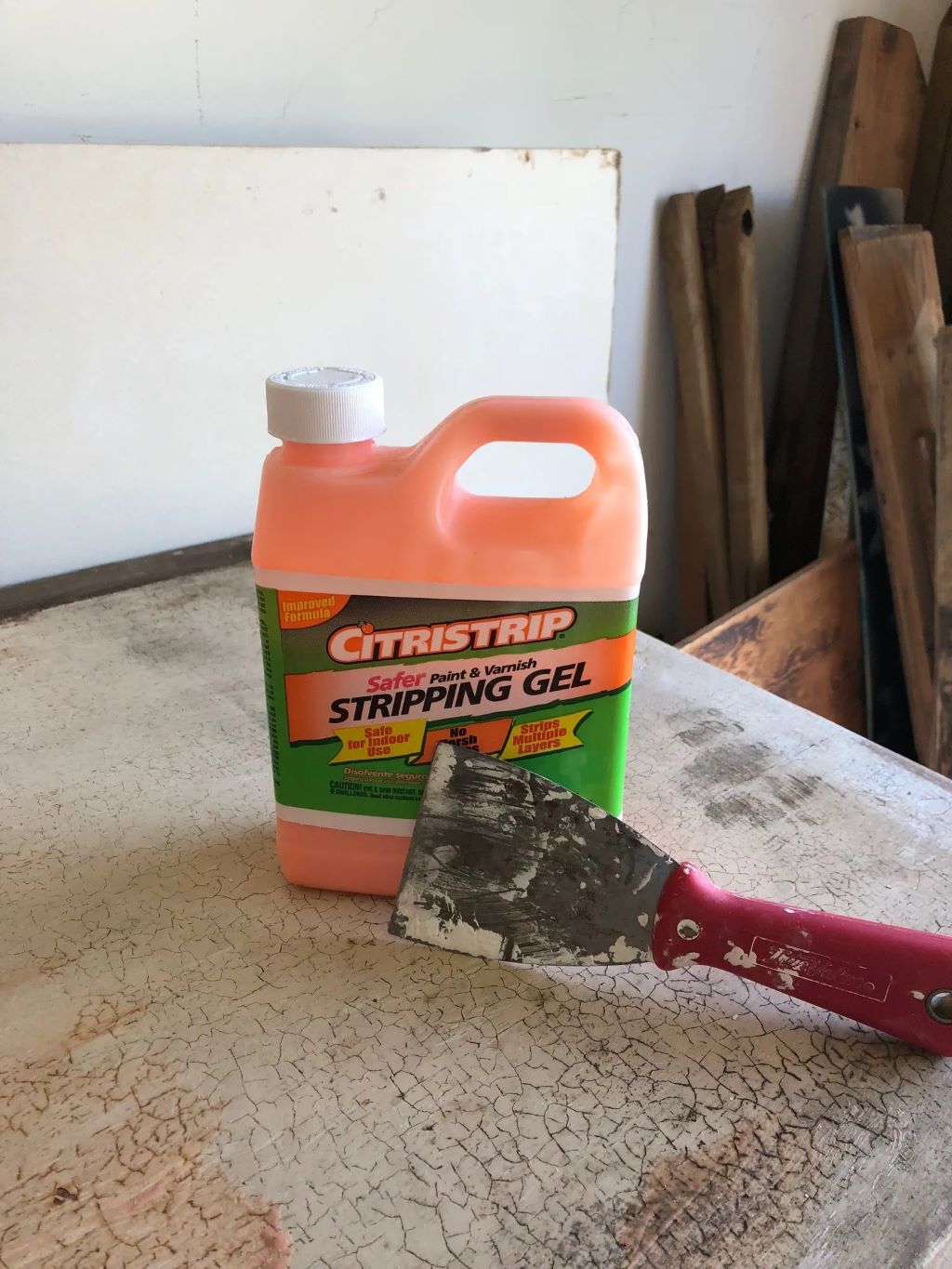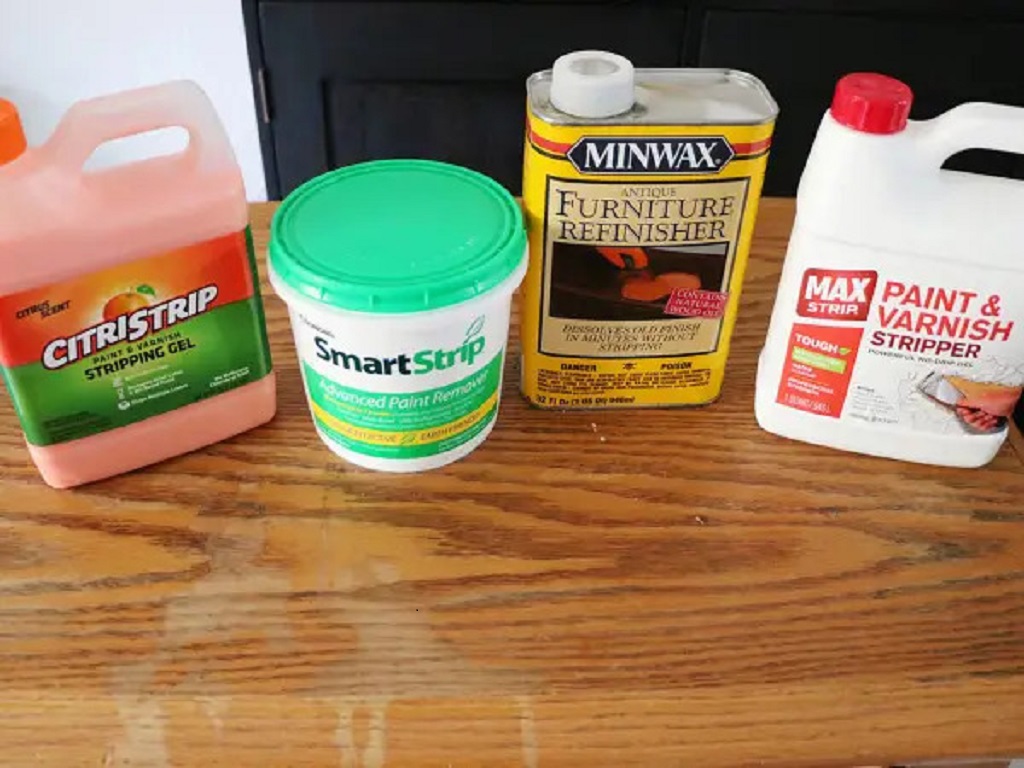Citristrip is a popular paint and finish remover known for its citrus-based formula and effectiveness. However, one common question among DIYers and professionals alike is, “How long does it actually take to work?” Let’s dive into the factors that influence Citristrip’s working time and give you a clear understanding of what to expect.
Understanding Citristrip
Before we delve into timings, it’s helpful to grasp what Citristrip is and how it operates. Citristrip is a methylene chloride-free stripper, meaning it doesn’t contain the harsh chemical often found in other removers. Instead, it relies on citrus oils to break down paint, varnish, and other finishes. This makes it a more user-friendly and environmentally conscious option.
Factors Affecting Working Time
Several key factors influence how long Citristrip takes to work:
- Type and Thickness of Finish: Different finishes react differently to Citristrip.
- Latex Paint: Citristrip can remove multiple layers of latex paint in under an hour.
- Oil-Based Paint & Varnish: These may require longer exposure, sometimes up to 24 hours.
- Multiple Layers: Thicker coatings naturally take longer to break down.
- Temperature and Humidity: Citristrip works best in warmer temperatures (ideally above 70°F/21°C). Higher humidity can also slow down the process.
- Ventilation: Good air circulation helps the solvents in Citristrip evaporate, aiding in the stripping process.
- Application Method: A thicker application can sometimes speed up the process, but it’s essential to follow the manufacturer’s instructions.

Related: What is a Substitute for Citristrip?
Citristrip Working Time: General Guidelines
While the exact working time can vary, here’s a general idea of what to expect:
- Latex Paint: 30 minutes to 1 hour.
- Oil-Based Paint: 1 to 24 hours.
- Varnish, Lacquer, Polyurethane: Several hours to 24 hours.
- Shellac: 15 minutes to 1 hour.
Tips for Optimal Results
- Test Patch: Always test Citristrip on an inconspicuous area first to gauge its effectiveness and potential impact on the surface.
- Apply Thickly: Follow the recommended application thickness, ensuring even coverage.
- Cover with Plastic: After application, cover the area with plastic wrap to prevent the Citristrip from drying out prematurely. This helps it penetrate the finish more effectively.
- Scrape and Repeat: After the recommended time, scrape off the softened finish with a plastic scraper. You may need to repeat the process for stubborn layers.
Safety First
While Citristrip is considered safer than methylene chloride-based strippers, it’s still important to take precautions:
- Work in a Ventilated Area: Always work outdoors or in a well-ventilated space to avoid inhaling fumes.
- Wear Protective Gear: Use gloves, safety glasses, and a mask to protect your skin and eyes.
- Follow Instructions: Carefully read and follow the instructions on the Citristrip container.
Beyond Citristrip: Alternatives and Next Steps
If you’re dealing with extremely stubborn finishes or large areas, you might consider alternative methods:
- Heat Gun: Can be effective for softening finishes, but requires caution to avoid damaging the surface.
- Sanding: A labor-intensive option for removing thin layers or smoothing the surface after using Citristrip.
- Professional Stripping: For valuable or delicate items, consult a professional for expert stripping services.
Conclusion
Understanding how long Citristrip takes to work is crucial for planning your project and achieving the best results. While there’s no one-size-fits-all answer, the factors and guidelines outlined here should give you a good starting point. Remember, patience and proper technique are key to successfully using Citristrip and restoring your surfaces to their former glory.











